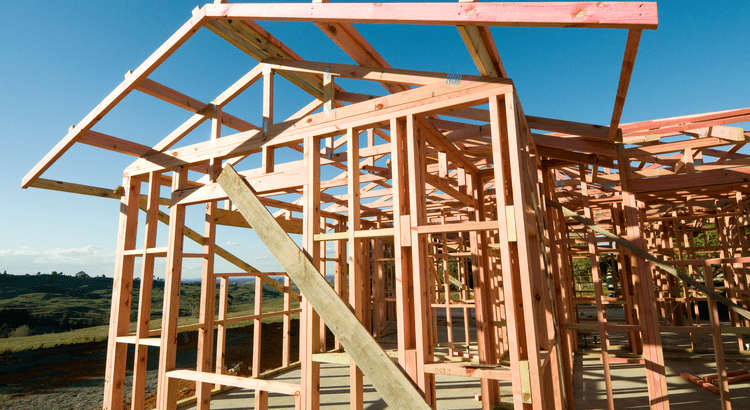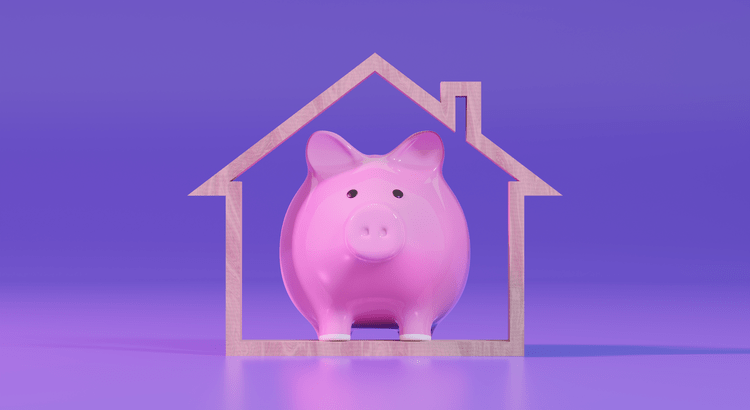
Turning a dream into reality starts with one thing: a plan.

Turning a dream into reality starts with one thing: a plan.

Selling your house? Or just looking to increase the value and appeal of your home for when you do?

Selling your house? Or just looking to increase the value and appeal of your home for when you do?

More homeowners are realizing they need an agent’s help in this complex market – and that’s why a record-low number of people are selling without a pro by their side.

More homeowners are realizing they need an agent’s help in this complex market – and that’s why a record-low number of people are selling without a pro by their side.

Planning to buy a home soon? Why not go for something brand-new?

There’s no doubt that owning a home comes with significant financial benefits.

Have you ever thought about packing up and moving to be closer to the people who mean the most to you?

Building equity in your house is one of the biggest financial advantages of homeownership.

There’s a misconception going around that you have to put 20% of the purchase price down when you buy a home. But the truth is, many people don’t put down that much unless they’re trying to make their offer more competitive.